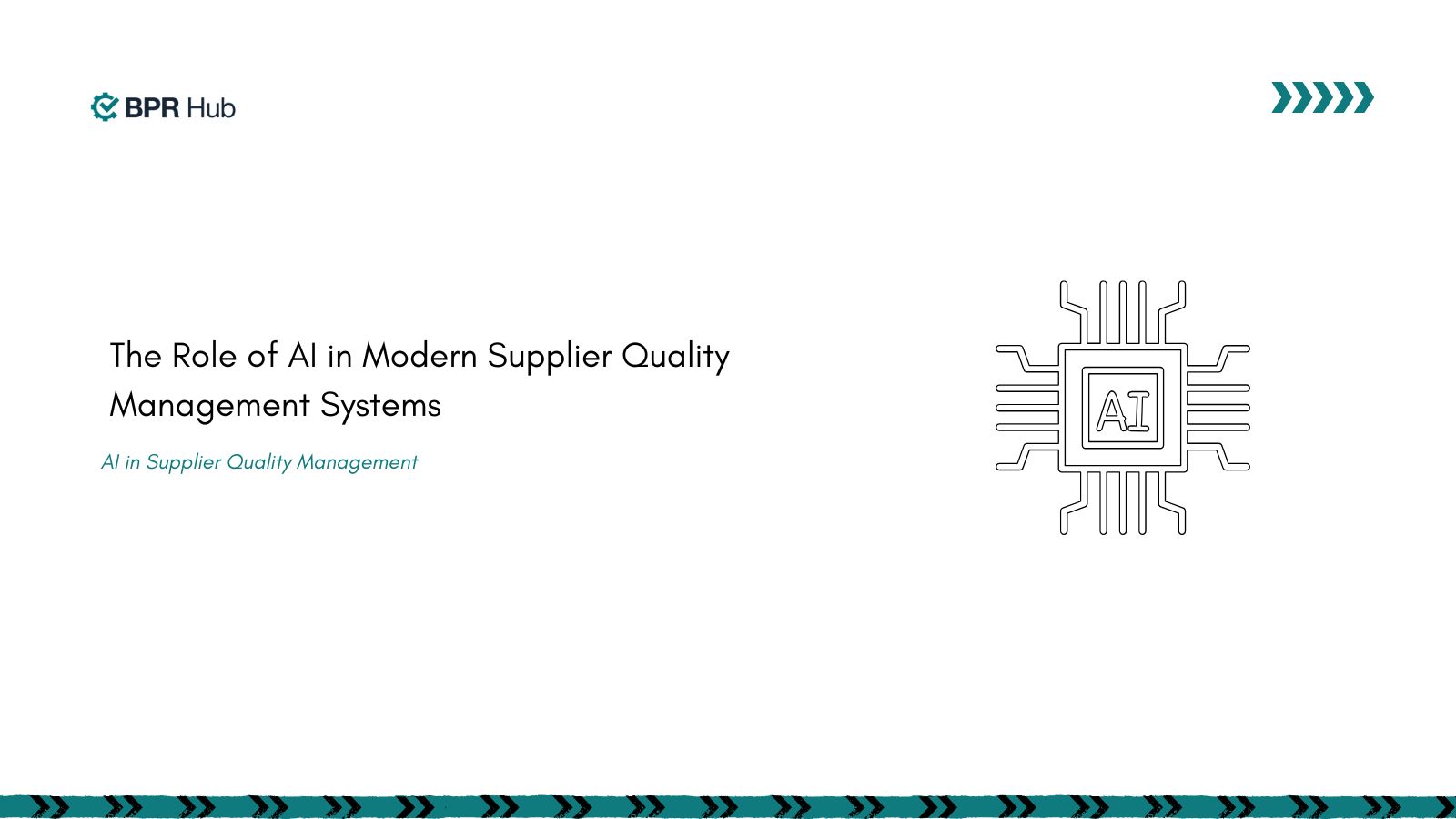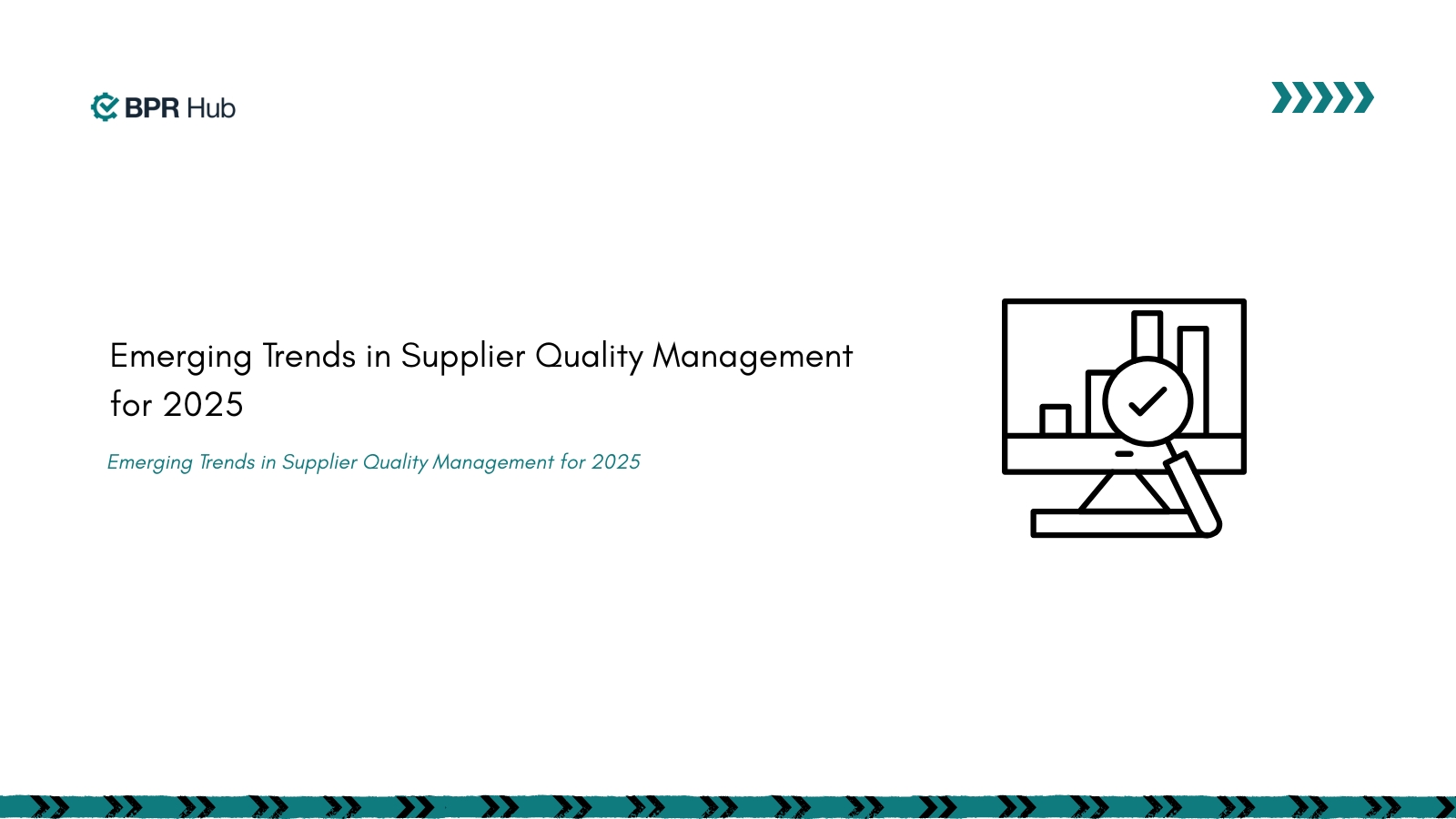Have you ever stopped to think about the invisible safety net that protects you every time a medical device is used? In hospital rooms, clinical labs, and operating theaters around the world, there's a standard that ensures medical technology works safely and reliably: ISO 13485.
It's the critical blueprint that transforms potentially risky software into trusted medical lifelines.
According to a study by the ISO 13485 Certification Body, 78% of medical device manufacturers reported a decrease in product defects and recalls after implementing ISO 13485.
Imagine the stakes. A single line of code in a diagnostic device or a tiny error in a surgical system could mean the difference between life and health. ISO 13485 software validation is the meticulous framework that stands between potential chaos and reliable medical innovation.
For software engineers, medical device manufacturers, and healthcare professionals, this standard is a roadmap to creating technology that people can trust with their lives. It's about turning complex technical requirements into real-world safety protocols that protect patients at every turn.
Want to understand how medical technology goes from a brilliant idea to a dependable, life-saving tool? Buckle up, because we're about to demystify ISO 13485 in a way that's anything but boring. Intrigued? Let's dive in.
What is ISO 13485 and Why Is it Important?
ISO 13485:2016 sets the requirements for a quality management system (QMS) specific to the medical device sector. Compliance with ISO 13485 ensures that manufacturers consistently produce safe and effective medical devices. Software validation is a critical part of this compliance, ensuring that the software used in the devices operates correctly, consistently, and safely in line with regulatory standards.
ISO 13485 software validation ensures that the software involved in the design, development, and production of medical devices meets the defined requirements. This includes verifying the software’s performance, functionality, and overall quality in a regulated environment.
Key Components for ISO 13485 Compliance
To be compliant with ISO 13485, your software validation process should include several key components:
- Establishing clear operational requirements and risk analysis is the foundation of any validation process.
- Planning how the validation activities will take place, and defining the scope, resources, and timelines.
- Confirming that the software meets the intended requirements and functions as expected.
- Ensuring all steps, from planning to verification, are thoroughly documented.
ISO 13485:2016 is a cornerstone for the medical device industry, providing guidelines for software validation that ensure compliance and safety. Let’s explore how ISO 13485 software validation ensures that your devices meet high standards.
Software Validation in the Context of ISO 13485:2016
A successful software validation process begins with establishing documented procedures. In the context of ISO 13485, software validation is not just about ensuring functionality but ensuring that the software operates safely within the stringent regulatory framework. This is where ISO 13485 software validation comes into play.
- Risk-Based Validation: ISO 13485 encourages a risk-based approach to validation, which helps prioritize testing based on potential risks. Using standards like ISO 14971, manufacturers can assess and mitigate risks associated with software that’s integral to medical devices.
A report by the European Commission revealed that 65% of medical device companies that applied ISO 14971 experienced a 30% reduction in product failure rates due to better risk management practices.
- Role of Validation Engineers: Engineers play a crucial role in identifying potential risks, defining software specifications, and ensuring that the software meets all regulatory requirements. Engineers conduct risk assessments to identify potential issues like data loss or software crashes that could impact patient safety.
According to a 2023 report by GlobalData, the global market for medical device software validation is expected to grow at a CAGR of 9.59% between 2023 and 2028, driving the need for qualified validation engineers.
They use tools like FMEA and hazard analysis to assess risks and ensure software aligns with functional requirements. Engineers also ensure thorough testing using automated tools or traceability matrices to validate all requirements.
Key Elements of the Software Validation Process
The software validation process involves several important steps that should be clearly defined to ensure compliance with ISO 13485. These include:
- Defining Operational Requirements and Risk Analysis: The first step is determining what the software needs to do and identifying any associated risks. By evaluating the impact of software failure, manufacturers can make informed decisions about what needs testing and validation.
- Developing Software Specifications and Validation Plans: Once the requirements are clear, creating a detailed validation plan ensures that testing is consistent and thorough.
- Verification and Validation Activities: This involves actual testing to verify that the software works as expected, meeting all defined specifications and requirements. This can include functional testing, performance testing, and more.
Validating medical device software is crucial for safety—but it doesn’t have to be a headache.
With BPRHub, you get automated validation tracking and easy access to real-time data analytics, making your validation process smoother than ever. Want to see how it works? Get in touch with us now!
Now that we’ve explored the foundational role of software validation in ISO 13485 compliance, it’s time to dive into how a proportionate risk management approach can help streamline the validation process, ensuring that resources are focused on the areas of highest risk and greatest impact.
Proportionate Risk Management and Validation Planning
ISO 13485 emphasizes a risk-based approach to software validation, helping manufacturers prioritize testing efforts, especially when dealing with software of unknown provenance (SOUP), such as third-party or off-the-shelf software. With ISO 13485 software validation, this approach ensures that the most critical risks are addressed first.
Utilizing ISO 14971 and ISO 80002 for Risk Assessment
ISO 14971 provides a framework for assessing risks associated with medical device software. ISO 80002 focuses specifically on software used in medical devices, ensuring that software risks are properly identified and mitigated.
Key Strategies:
- Risk Assessment: Identify potential risks early, assess their impact, and plan mitigation strategies.
- Ongoing Monitoring: Continuously monitor and reassess risks, particularly after software updates.
Documenting Risk Ratings and Actions
Proper documentation of risk assessments and mitigation actions is vital for compliance. It demonstrates to auditors that risks are being managed systematically and effectively.
Key Strategies:
- Maintain Clear Records: Document all risk assessments, actions, and ongoing monitoring for easy audit access.
- Ensure Audit Readiness: Keep all risk documentation organized for regulatory audits.
By using ISO 14971 and ISO 80002 and maintaining clear documentation, manufacturers can manage risks effectively and ensure compliance with ISO 13485. Risk management is key to meeting ISO 13485. With BPRHub, you can assess and mitigate risks in real-time, ensuring your software stays compliant.
Need a comprehensive risk management strategy? Let’s chat about how BPRHub can simplify your validation process.
Now that we’ve covered how risk is managed and documented, let's look at the nitty-gritty of validation test plans and why they matter in your ISO 13485 software validation process.
Validation Test Plans and Documentation
A key part of ISO 13485 software validation is the documentation of test plans. These plans ensure that each test conducted is aligned with regulatory expectations and that validation results are properly recorded. A clear test plan includes specific objectives, testing methods, and expected outcomes. For example, a test plan for a software update might outline the following objectives:
- Objective: Test software functionality after update.
- Process: Execute unit tests, system tests, and integration tests.
- Expected Results: The software should function as intended, without errors or data loss.
Structuring Test Plans
A well-structured test plan outlines objectives, processes, and expected results to ensure software functionality is verified before deployment.
Key Elements:
- Objectives & Processes: Define testing goals and processes.
- Results & Evaluation: Set clear criteria for success and failure.
Maintaining Accurate Records
Accurate records demonstrate that validation has been completed according to ISO 13485. They are essential for both internal reviews and regulatory audits.
Key Strategies:
- Document Everything: Record all steps in the validation process, including results, deviations, and corrective actions.
- Ensure Transparency: Maintain clear, accessible records to facilitate audits.
Clear test planning and accurate documentation are vital for compliance with ISO 13485. They ensure that software is validated correctly and meets all regulatory standards. Creating test plans and keeping thorough records is a lot to manage.
Let BPRHub automate your test plan documentation and validation tracking so you can focus on what really matters—ensuring the safety and efficacy of your software. Get in touch to learn more!
With your validation test plans in place and documentation well-organized, the next critical step is to ensure that your software continues to meet all regulatory and performance standards throughout its lifecycle—this is where verification and validation lifecycle activities come into play.
Ongoing Verification and Revalidation for Compliance
The software validation process doesn’t end after the initial validation. Continuous testing,
updates, and revalidation are essential to ensure long-term compliance and software performance. According to a Medical Device & Diagnostic Industry (MD+DI) study, over 55% of medical devices require software revalidation after every software update or modification, emphasizing the importance of maintaining a robust revalidation process.
1. Requirement Management and System Architecture: Establishing a strong system architecture and managing software requirements are critical for ensuring that the software continues to meet operational needs and regulatory standards over time.
- Ongoing Requirement Review: Continuously review and manage software requirements to ensure they align with evolving industry standards and regulatory changes.
2. Ongoing Software Updates and Maintenance: As software evolves, it is vital to revalidate it after each update to ensure that any changes don’t affect compliance or performance.
- Revalidation After Updates: Ensure that all updates are validated and revalidated to confirm continued compliance with ISO 13485.
3. Managing Software Configuration: Proper configuration management ensures that software updates or modifications do not disrupt system functionality or introduce new risks.
- Configuration Control: Maintain clear control over software versions and configurations to minimize risks during updates and maintenance.
A study by the Software Engineering Institute found that improper configuration management led to a 30% increase in software defects in medical devices, which not only contributed to product recalls but also added to regulatory scrutiny. Continuous verification, regular updates, and proper configuration management are essential for maintaining compliance and performance throughout the software lifecycle.
Why is managing software updates crucial for ISO 13485 compliance?
Any update to medical device software can introduce new risks or functionality changes that may affect its compliance status. Revalidation is necessary to confirm that the software remains functional and meets the intended performance requirements after every update. Failure to revalidate can result in non-compliance, which might jeopardize patient safety and regulatory approval.
While verification and validation are ongoing processes, navigating the complexities of maintaining compliance can present significant challenges. Let’s now look at some of the common obstacles manufacturers face and the strategies to overcome them.
Validation Challenges and Mitigation Strategies
Managing ISO 13485 software validation can be complex, especially when it comes to maintaining proper documentation. However, leveraging tools that streamline this process can help manufacturers stay on top of compliance.
- Managing Third-Party and Off-the-Shelf Software: Integrating third-party or off-the-shelf software into your system can be difficult, particularly when it lacks the necessary transparency for effective validation. To mitigate this, it’s crucial to conduct thorough vendor due diligence, including risk assessments and integration testing. This ensures that any third-party software is compatible with your system, safe for use, and meets regulatory requirements.
- Addressing Auditor Expectations: Auditors expect comprehensive and clear documentation of every validation activity. Keeping up with this expectation can be overwhelming, especially when you need to ensure consistency across departments. The best approach is to maintain meticulous records of all validation processes and regularly perform internal audits to catch any gaps early. Additionally, collaborating across teams—regulatory, QA, and engineering—helps keep all documentation aligned, making it easier to pass external audits.
- Managing Software Changes and Updates: Software updates can introduce new risks, so it’s essential to revalidate the software after every change to maintain compliance. However, this ongoing process can become overwhelming without proper controls in place. Mitigating this challenge involves implementing a strong version control system and leveraging automated tools to streamline revalidation and ensure that all updates are thoroughly tested without introducing errors.
- Ensuring Traceability: ISO 13485 mandates full traceability of all validation activities, which can be challenging to manage over time. Research by MarketsandMarkets reports that the medical device validation software market is projected to grow from $10.6 billion in 2023 to $13.5 billion by 2028, driven by the increasing adoption of automated validation solutions.
By staying proactive and implementing these strategies, manufacturers can ensure their software remains compliant and patient safety is prioritized. While managing third-party software, maintaining audit readiness, and handling updates can be challenging, the right tools make it easier.
With BPRHub, you can streamline the ISO 13485 software validation process through automated tracking, risk management, and efficient compliance documentation, simplifying the path to consistent compliance.
Simplify ISO 13485 Software Validation with BPRHub
Navigating the complexities of ISO 13485 compliance and software validation doesn’t have to be a struggle. With BPRHub’s compliance management platform, you can ensure your software validation processes are seamless, accurate, and always in line with the latest standards.
With BPRHub’s automated compliance tracking, pre-designed templates, and risk management tools, you’ll stay ahead of the curve. Ready to take the next step toward simplified compliance? Let’s connect today!
FAQ’s
1. What is ISO 13485, and why is it important for medical device manufacturers?
ISO 13485:2016 is a globally recognized standard that specifies the requirements for a quality management system (QMS) for the design and manufacture of medical devices. It is crucial for medical device manufacturers because it ensures consistent production of safe and effective products. Compliance with ISO 13485 demonstrates a commitment to meeting regulatory standards and maintaining the highest level of quality and safety in the development of medical devices, including software that is integral to their functionality.
2. What does ISO 13485 software validation involve?
ISO 13485 software validation involves the process of ensuring that medical device software operates according to the defined requirements and performs safely and consistently within regulatory guidelines. It includes verifying that software meets functional and performance criteria, and testing its effectiveness in minimizing risks to patient safety. Validation is crucial for achieving ISO 13485 compliance and ensuring that the software is fit for use in medical devices throughout their lifecycle.
3. How does software validation contribute to patient safety in medical devices?
Software validation directly impacts patient safety by ensuring that the medical device software performs as intended, without errors or malfunctions. Through thorough testing and documentation, software validation minimizes the risks of software failures, which could lead to incorrect diagnoses, treatment errors, or device malfunctions. It ensures that the software is robust and reliable, thereby safeguarding patient health and enhancing the overall reliability of medical devices.
4. How can I ensure that third-party software used in medical devices meets ISO 13485 requirements?
To ensure third-party software complies with ISO 13485, you must conduct a thorough vendor assessment and perform rigorous validation testing. This includes evaluating the software’s performance, compatibility, and safety in the medical device context. Validation should be based on a risk management approach, with software undergoing testing, verification, and revalidation after updates or modifications to ensure continuous compliance.
Get insights that help you minimize risks and maximize profits.
Dive deeper into manufacturing compliance with our free resources.
We get it, compliance can get tough.
Here are some additional resources to help.
We get it, compliance can get tough. Here are some additional resources to help.
Get updates in your inbox

.svg)
%20(1).svg)


.jpg)


%20(1).svg)

.avif)

